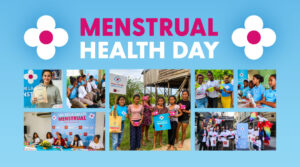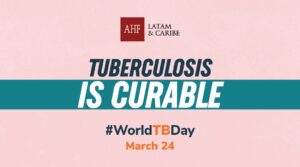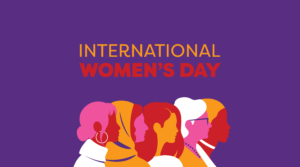According to a review of nearly 60 studies, 41% of people who take HIV prevention treatment (known as PrEP) stop within six months.
PrEP is a strategy that is given mainly to those who are at high risk of contracting the virus, for example gay men who do not use condoms, men and women who are engaged in sex work or people who are in a relationship with someone who has HIV.
A worrying abandonment
According to information from the aidsmap.com portal, scientists from China and the United States collaborated to review 59 studies conducted on all continents. All but four of the studies were real-life observational, that is, they did not have controlled conditions but simply recorded how people took PrEP in everyday life.
The research team found that 41% of people had stopped taking PrEP within six months, and 35% had stopped by 12 months after starting treatment. The reason why the percentage of abandonment is lower at 12 than at six months is that a longer period of time is reviewed, where people could have abandoned it and then returned.
Using data collected from almost 44,000 people, the scientists found that the dropout rate from PrEP among gay and bisexual men and trans women was 31%, the lowest if observed by population group, in contrast to heterosexual men and women, of whom 72% had abandoned treatment at 6 months.
The percentages of interruption in other groups were also high: 62% in people who inject drugs, 51% in sex workers and 43% in women and adolescents.
Possible explanations
Although PrEP schemes that are administered every two months have recently been developed, the most widespread treatments are those that consist of one pill a day, and must be taken indefinitely, while the person is at risk of contracting HIV.
However, in six of the studies analyzed, the drug was given to be used only when there was a risk situation, for example, taking a dose the day before or the day of having sex without a condom (on a date) or in a place of sexual encounters, to mention a few options). In these cases, the dropout rate from PrEP was lower than in studies where people had to take the treatment daily.
The percentage of drug interruption seems to be related to the rate of HIV infections in the study groups, since the incidence of the virus was higher where there was more treatment abandonment. However, the researchers note that the difference in incidence was not statistically significant.
In studies investigating the reasons people stopped taking PrEP, the two most common responses by far were treatment side effects (diarrhea, nausea, headache, fatigue, and stomach ache, mainly) and people’s perception that they were at low risk of contracting HIV.
Improving strategies
According to the authors of this review, it is important to rethink the concept of “risk”, since in some studies participants started taking PrEP when their partner was diagnosed with HIV, but once the partner had achieved control of the infection (known as viral suppression or undetectable viral load) stopped PrEP, since it is proven that a person with an undetectable viral load cannot transmit it through sexual contact.
However, not all is bad news. The researchers also noted that in some of the studies, almost half of the people who stopped PrEP started again after a few months.
This means that strategies must be put in place to restart PrEP in those who have left it, in order to continue with the protection that this treatment provides them, and that has repercussions on the health of the entire community around them.
If you have questions about preventive treatment or how to access HIV treatment in your country, at AHF Latin America and the Caribbean we can guide you. Plus, we do free screenings and have free condoms. Locate our closest office to you or write to us on Whatsapp.







